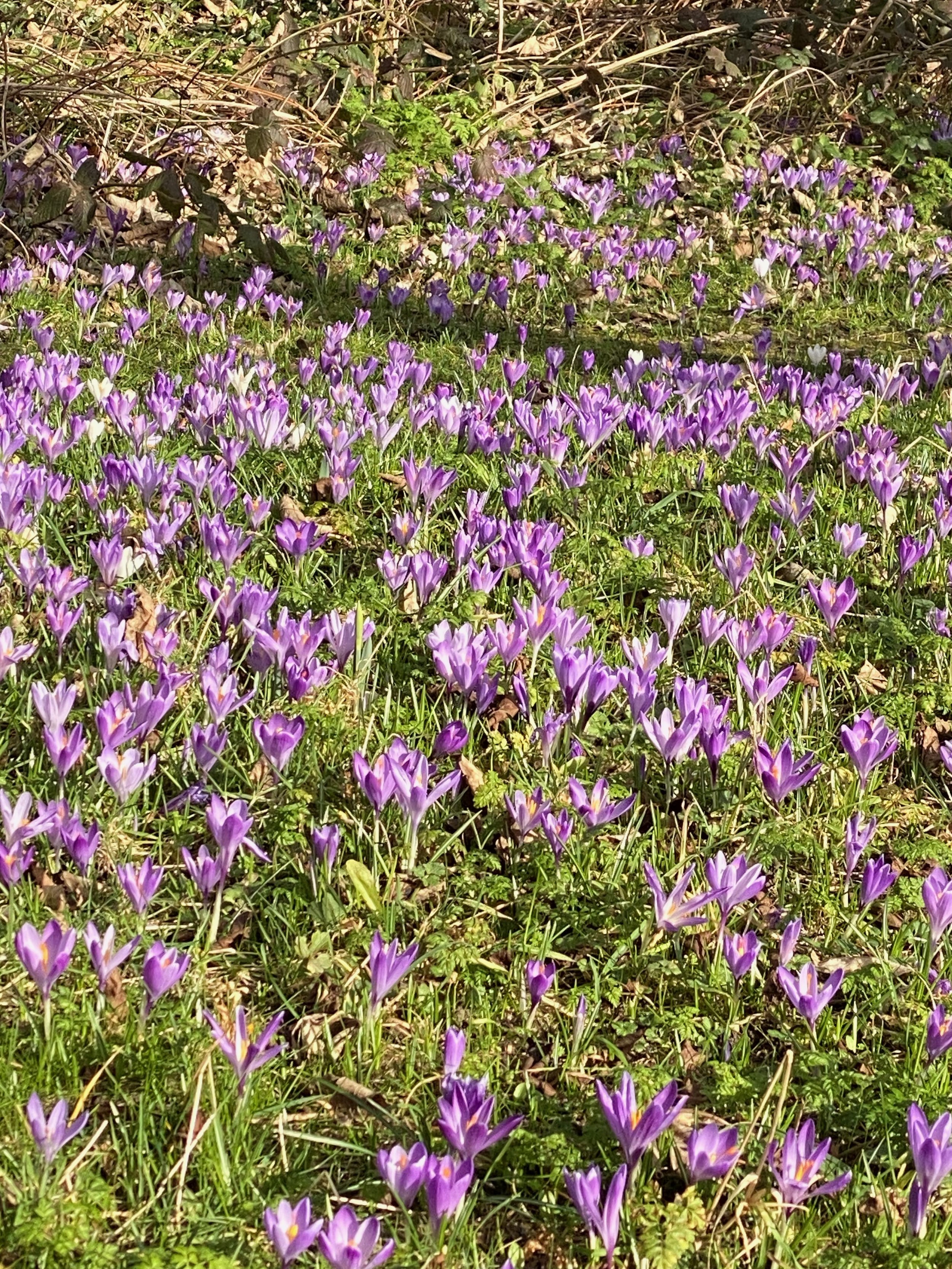
Plants to extend the season: Early flowering plants
Early flowering plants that bring cheer to damp early spring days and a welcome source of food for the insects.
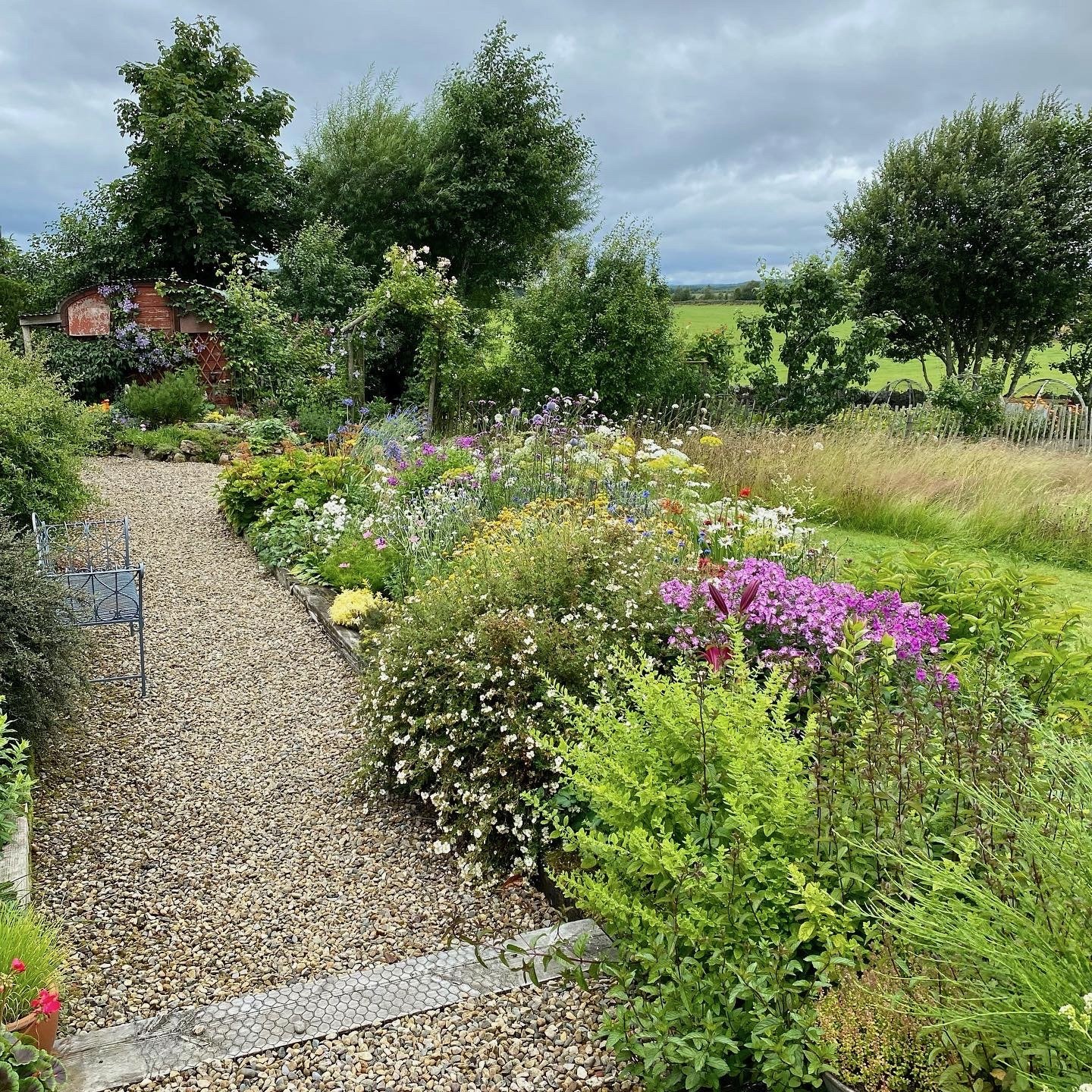
Utilise the power of plants and soil to capture and store carbon
Carbon capture is an increasingly important topic in today's world, as we look for ways to mitigate the effects of climate change. One small way we garden owners can have an impact is to utilise the power of plants and soil to capture and store carbon.
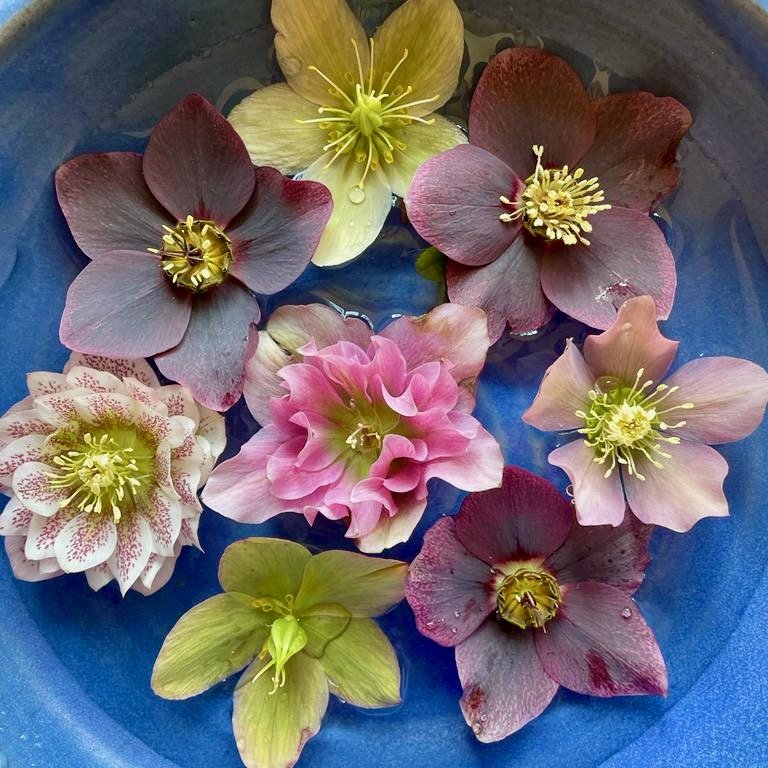
Top 5 perennial cut flowers
In my pervious post I talked about how damaging to the environment the global cut flower market is and how it’s rewarding and sustainable to grow your own cut flowers.
Perennials make wonderful additions to a bunch of cut flowers. Here are 5 of my favourites.
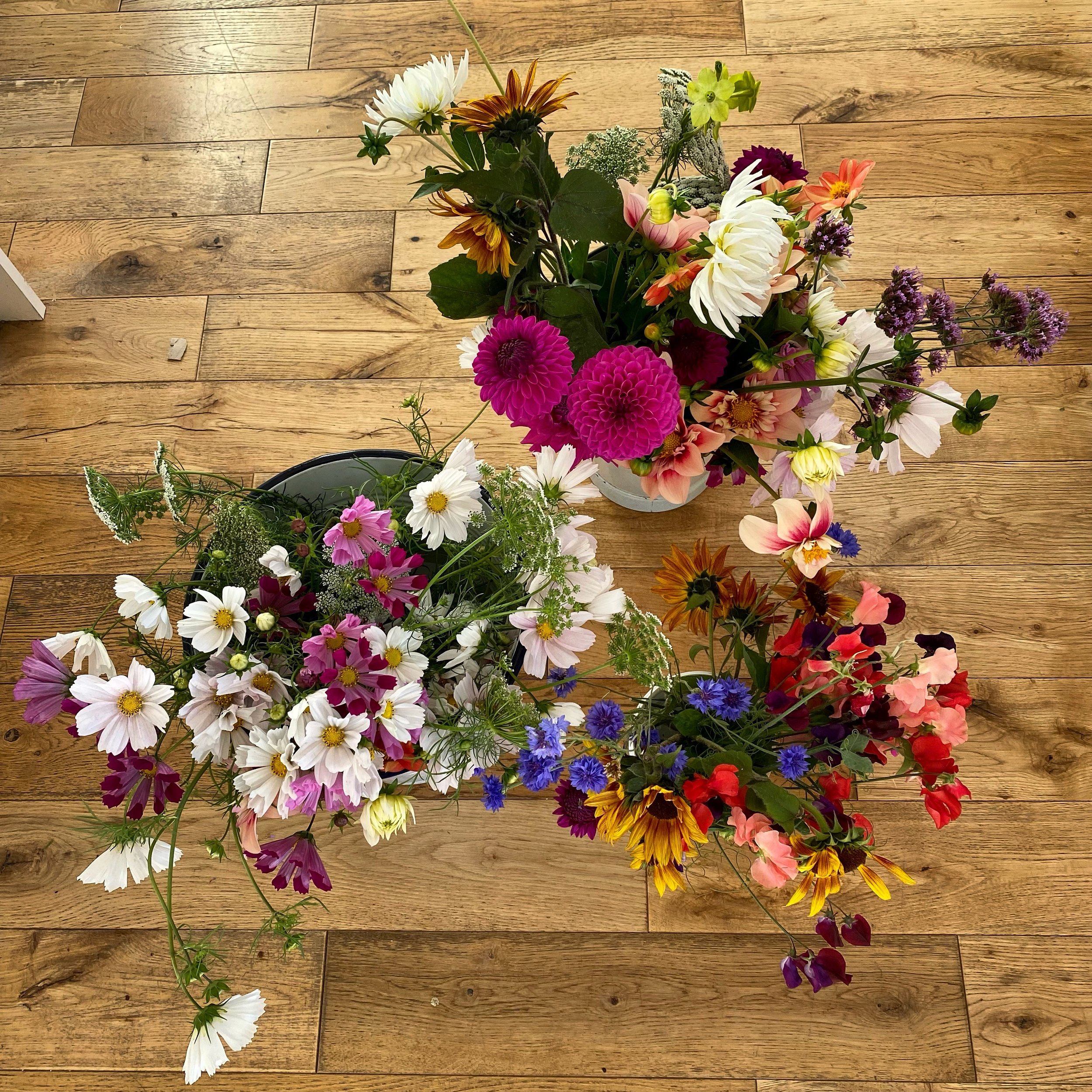
Growing your own sustainable cut flowers
The global cut flower market is a significant contributor to environmental degradation, from energy usage to pollution and water waste.
However, there is an alternative to buying cut flowers from the global market: growing your own.
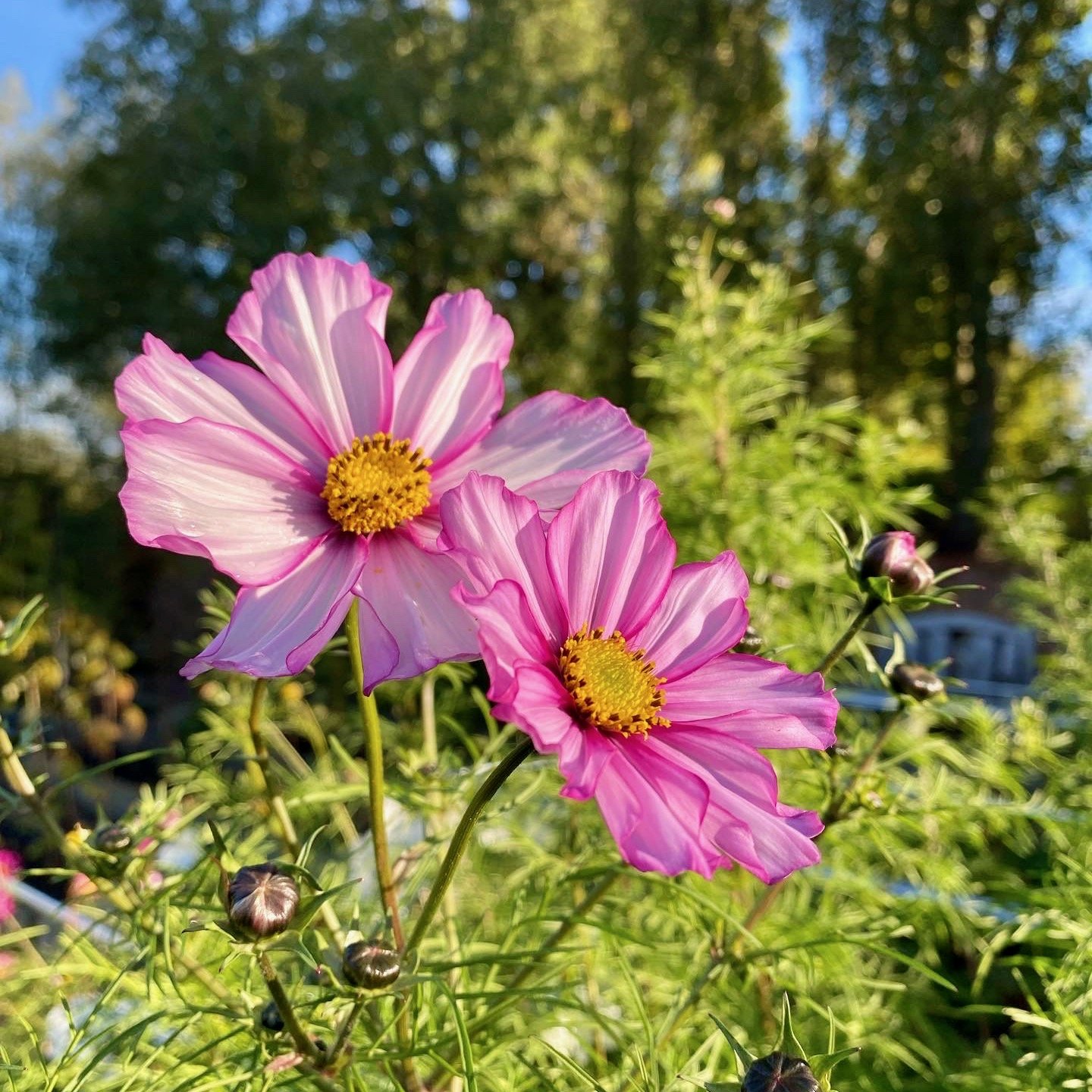
Flower shapes - Daisy
Daisy flowers are compound flower heads made up of tiny florets all packed together. Some have tiny florets that are too small for bees while others have larger central florists and attract a wide range of insects.

Flower shapes - umbellifers
Umbrella-like flower heads with many small flowers in a cluster. The flowers are shallow so they openly present nectar.
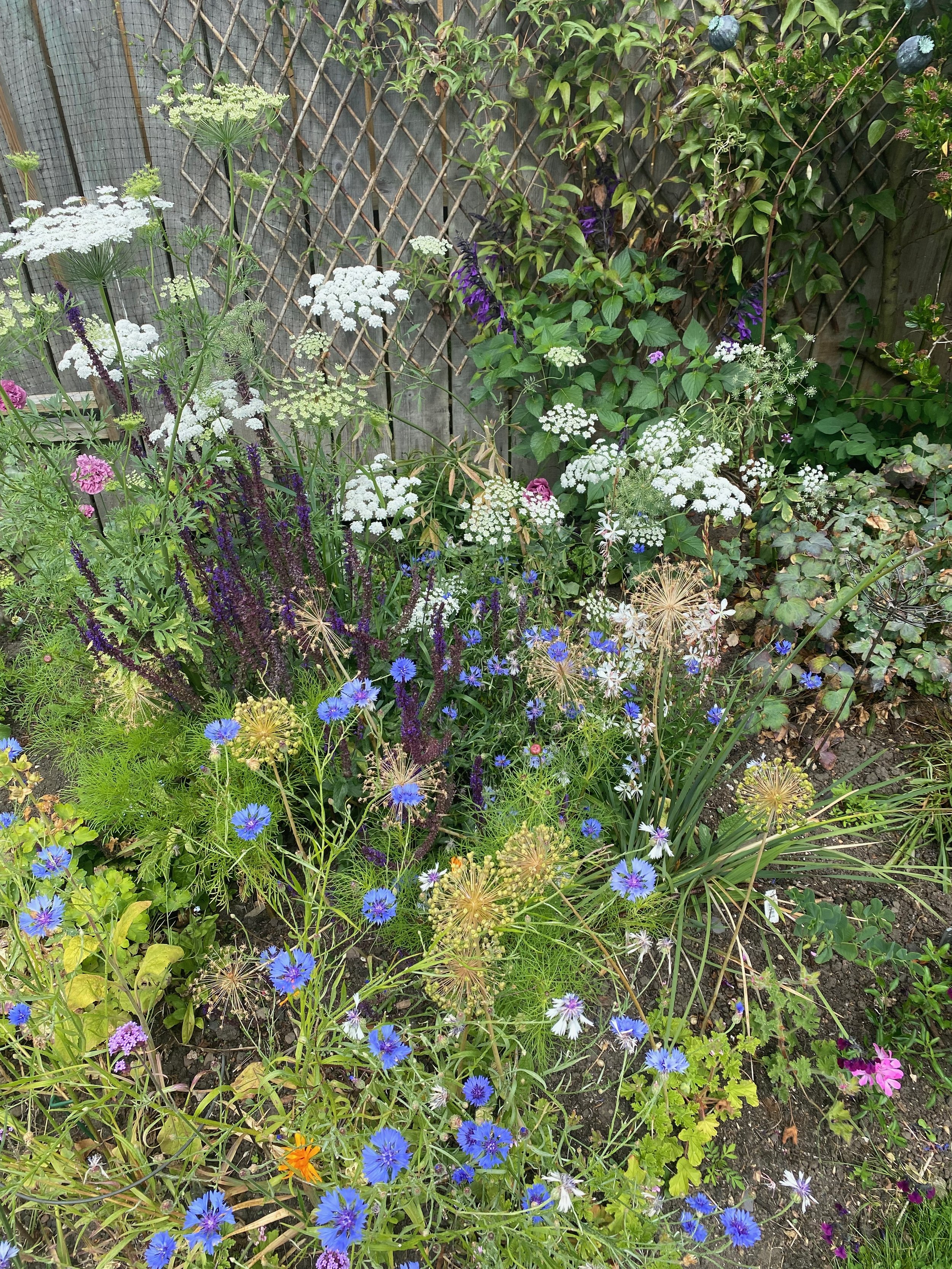
Maximise pollen and nectar with a variety of flower shapes
Creating a garden that is not only beautiful to look at, but also beneficial for wildlife is a goal for many gardeners. One way to achieve this is by incorporating a wide variety of flower shapes into your garden. Different flower shapes attract different types of insects, providing them with the nectar and pollen they need to survive.
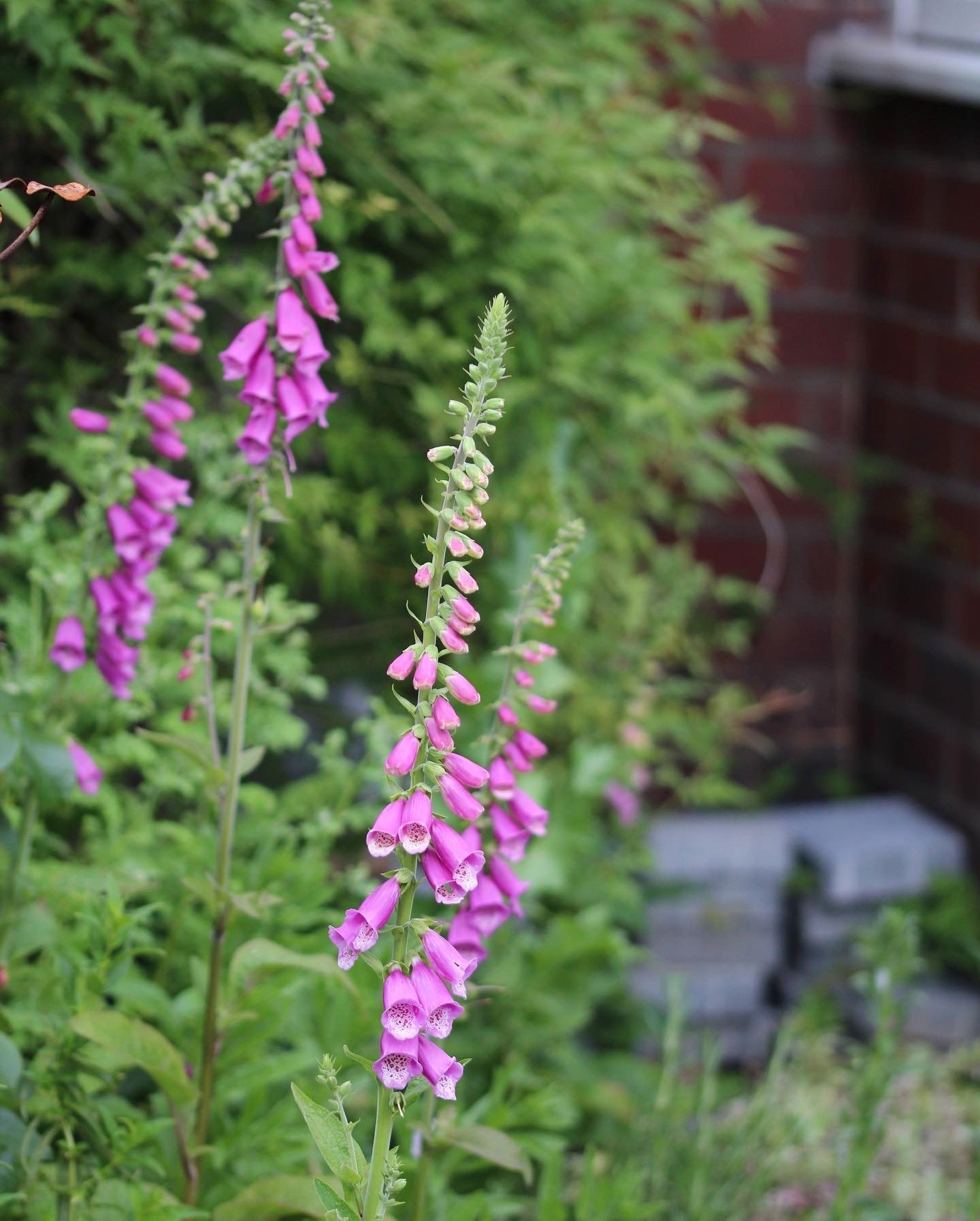
Welcome self-seeding plants
A large part of wildlife friendly garden maintenance is tweaking and curating nature rather than controlling it. I let plants self seed around my garden and love the excitement of seeing plants emerge and waiting until I can identify them before deciding what to pull out and what to leave.

Early stages of a small forest garden
There is a small veg patch area of my garden that I’ve tinkered with but never really put much work into. This year I decided I want to make it a more useful area of the garden by turning it into a small forest garden with a mixture of edible and ornamental plants.
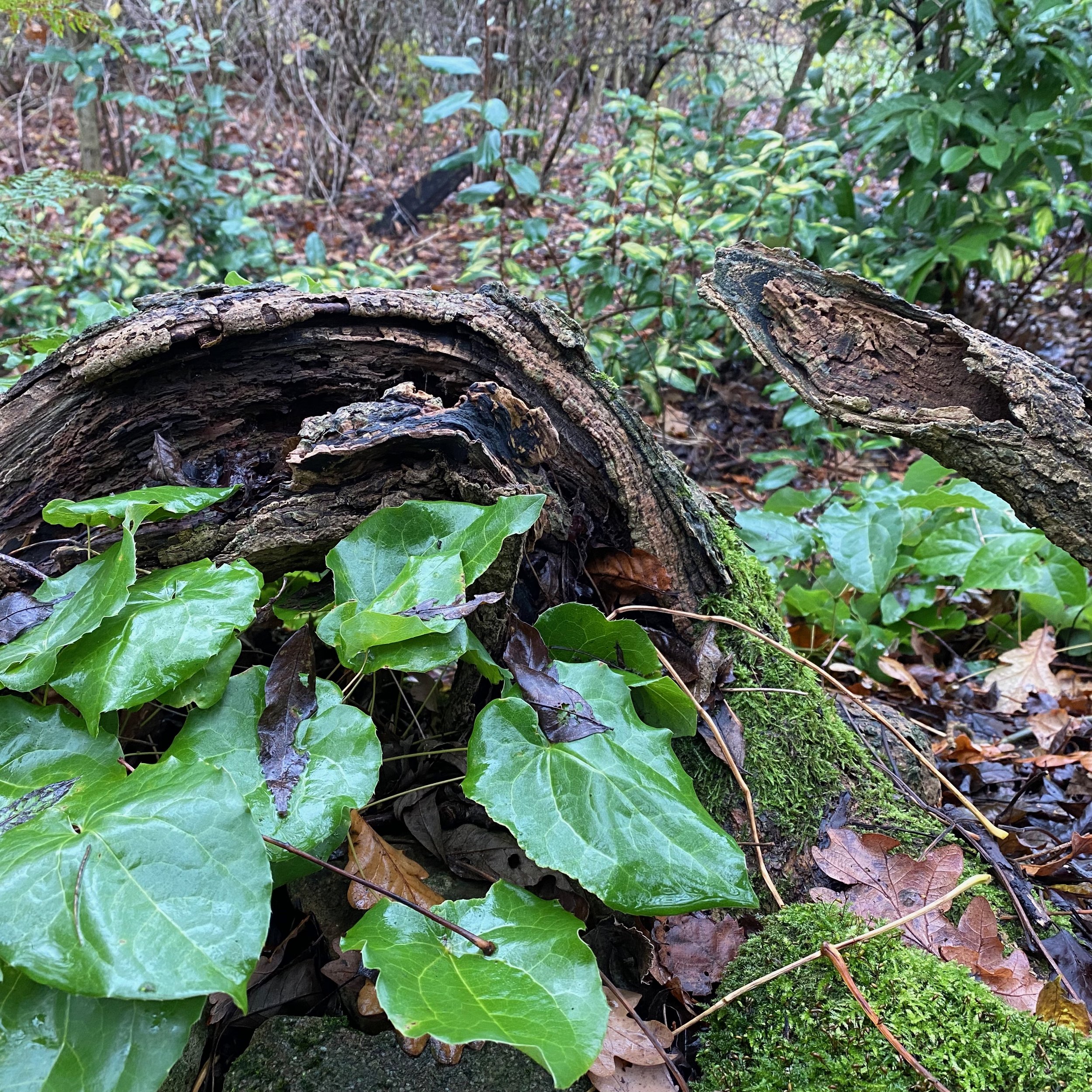
Dead wood
Dead wood in the garden is a valuable habitat and food source for a variety of wildlife. From fungi and centipedes to beetles, hedgehogs, and birds, dead and decaying wood supports the full web of life in the ecosystem. Not only that, but recycling dead wood in your garden is also a sustainable practice that makes use of the resources you already have.
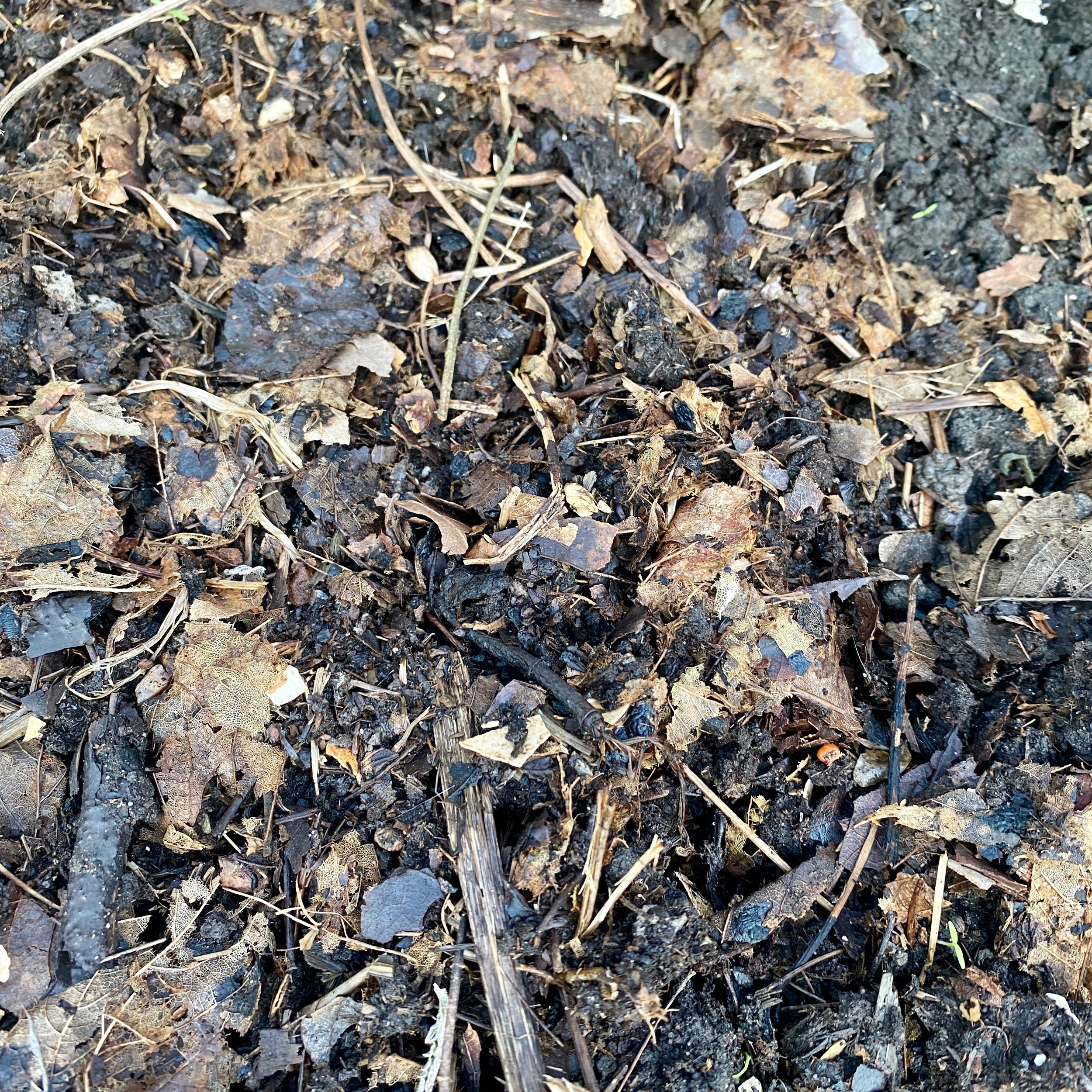
Leave the autumn leaves
Autumn leaves may seem like nothing more than a nuisance, but in reality, they play a vital role in the ecosystem of your garden. Far from being a mess, leaves provide essential shelter for a variety of insects and small creatures during the winter months. Rather than raking leaves out of the borders, leave them in place as a natural overwintering habitat. Nature thrives in the nooks and crannies created by leaf litter and plant material that
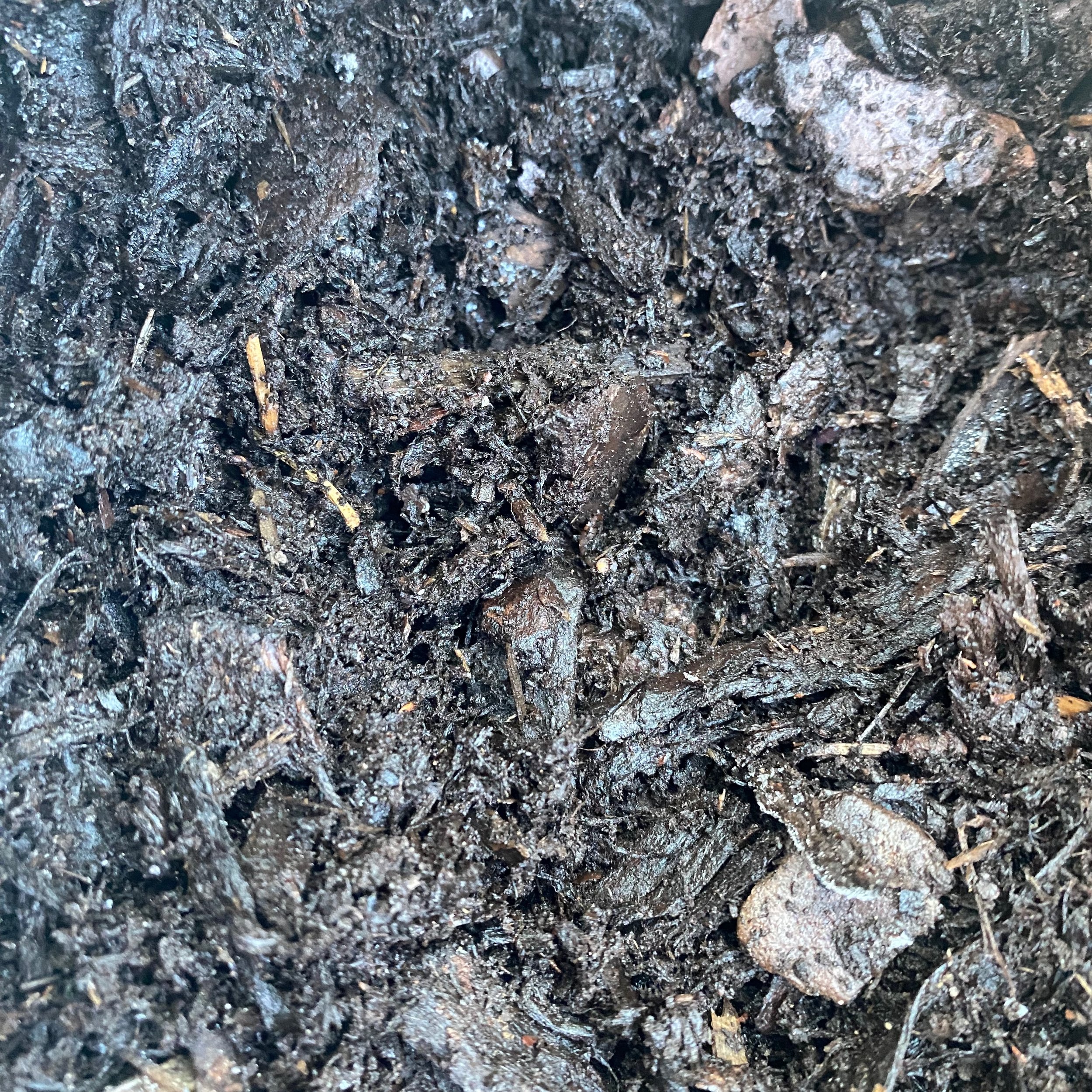
Leaf mould - black gold
Crumbly, dark brown goodness. Leafmould is free and makes a great garden mulch.
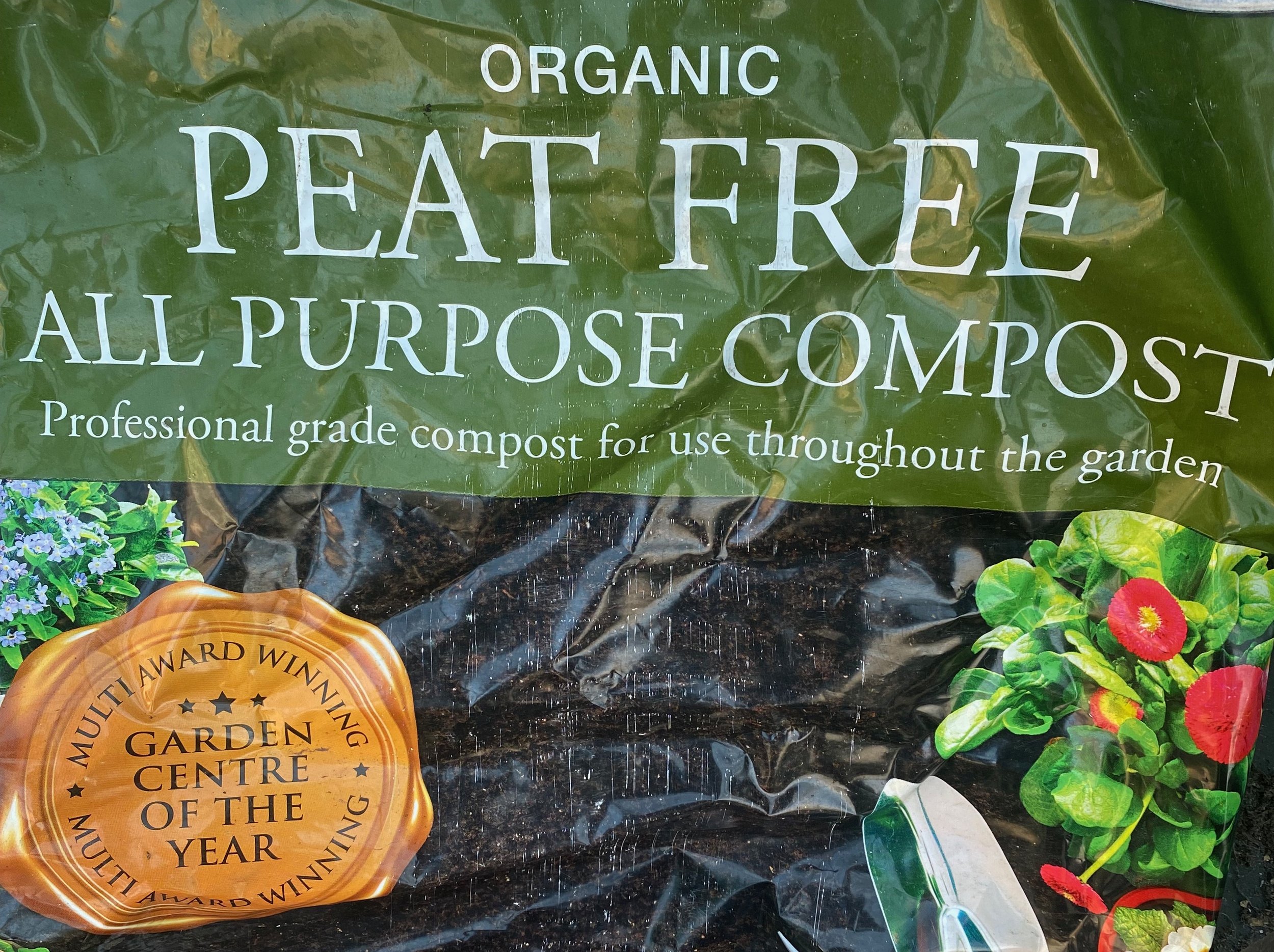

Keeping your fingers warm and toasty
Being a gardener means spending a lot of time outside, and while the fresh air and natural beauty are some of the things we love about it, the extremes of weather can sometimes be a challenge.
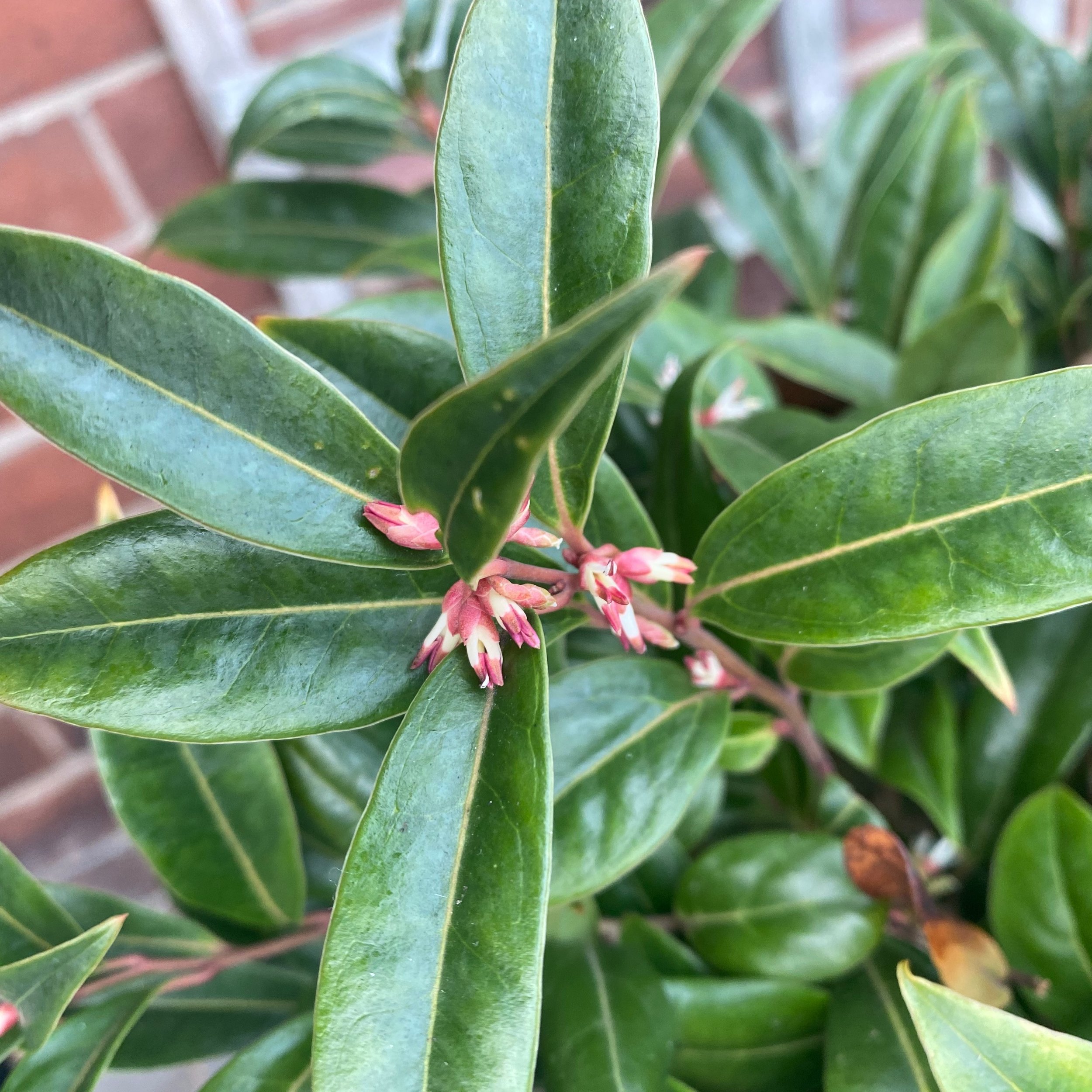
Scent in the garden - Winter
I LOVE scented plants. I will often stop while out walking to smell a rose or honeysuckle peeking over the top of a garden wall. Winter is an especially good time for scented shrubs.
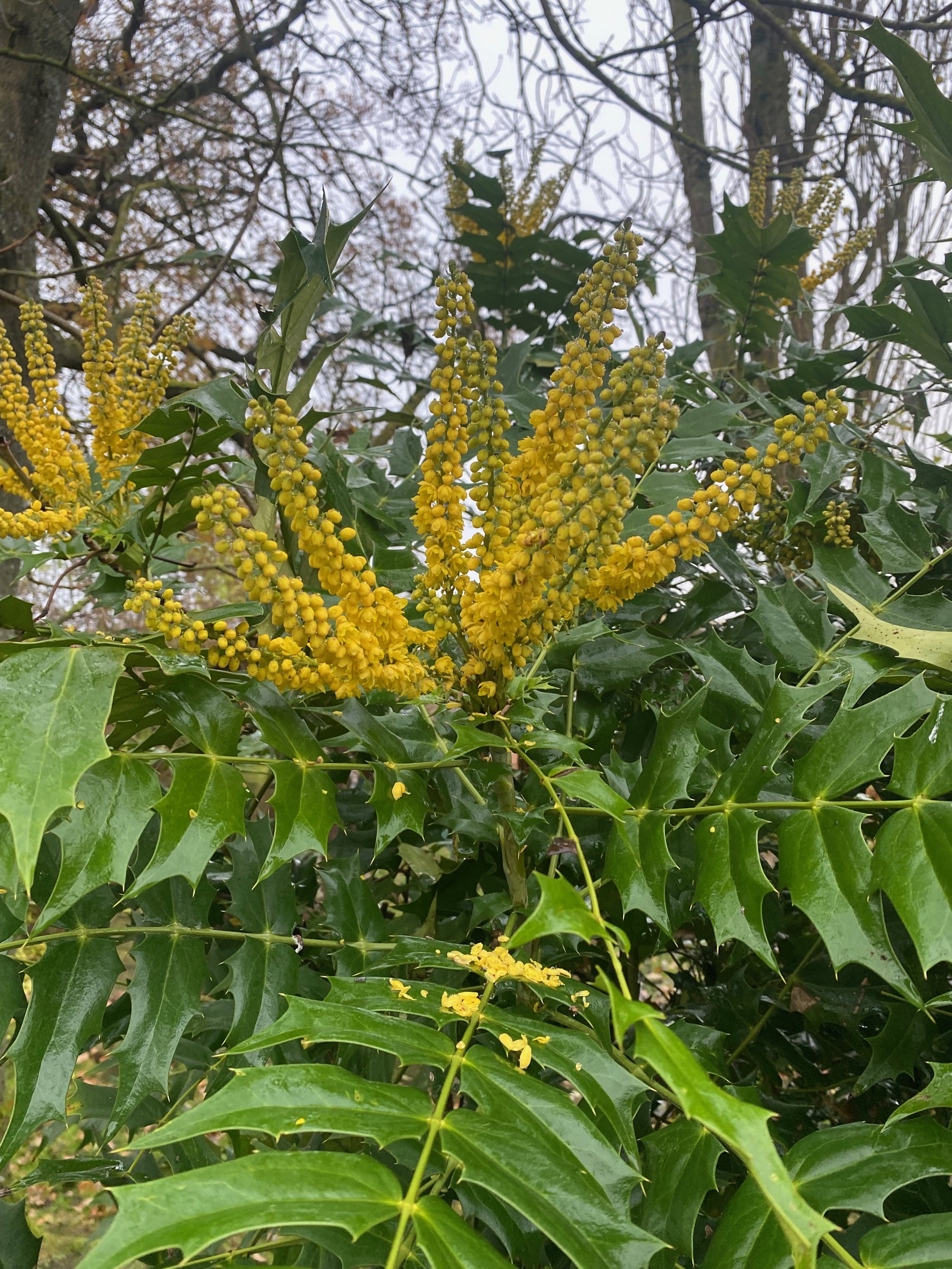
Plants to extend the season: Late season colour and food for insects
One key thing to think about in the autumn and early winter is whether you have enough flowering plants for the pollinators
